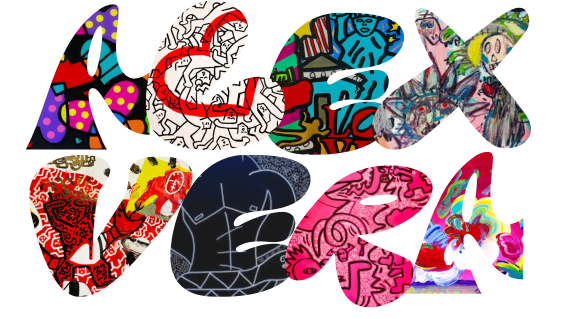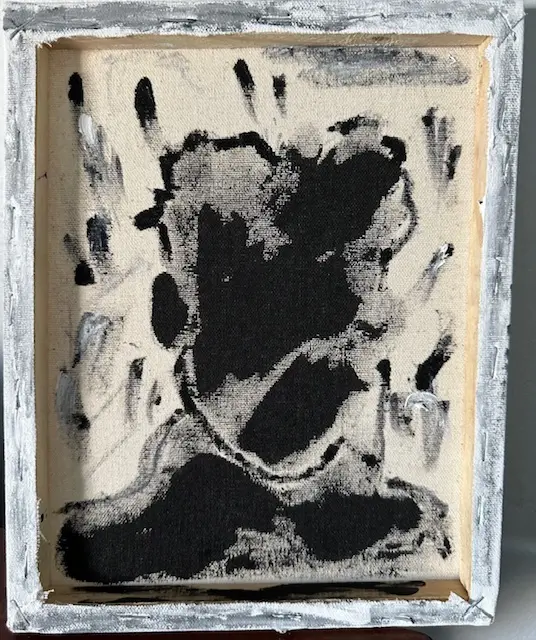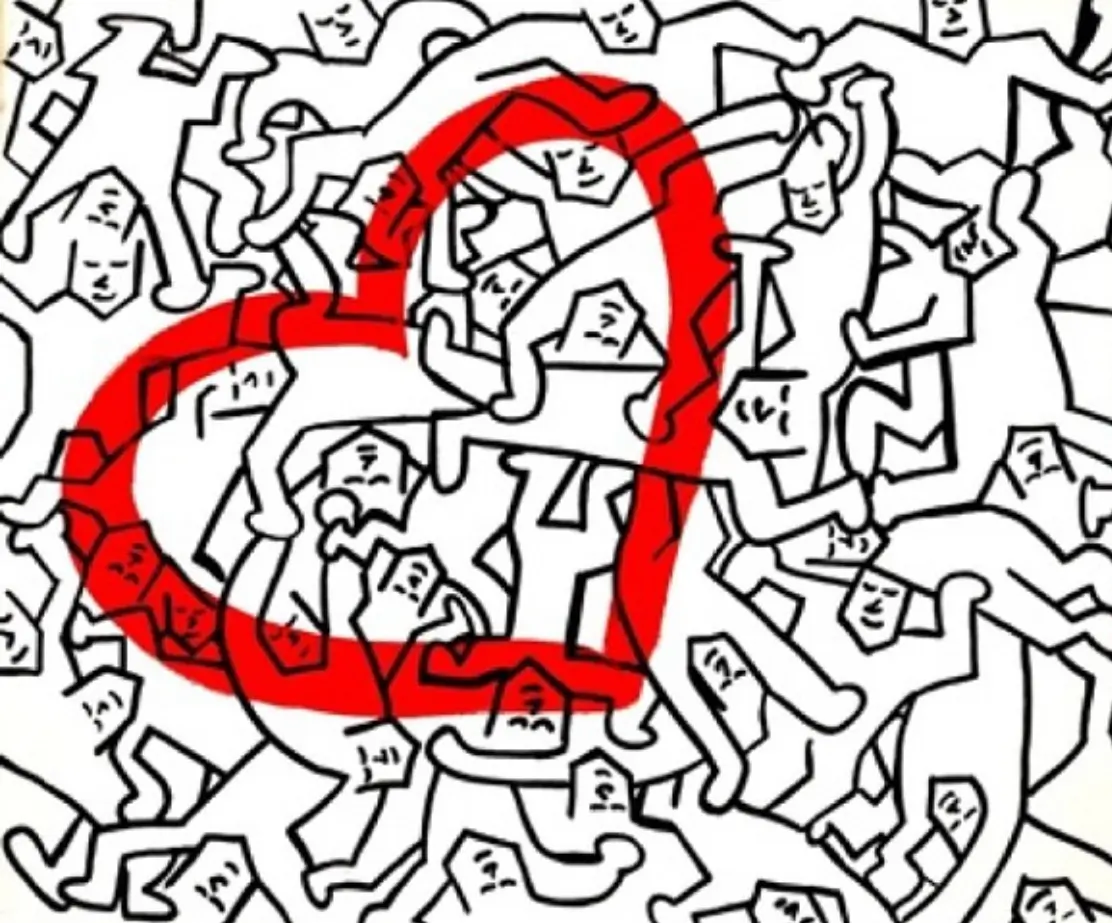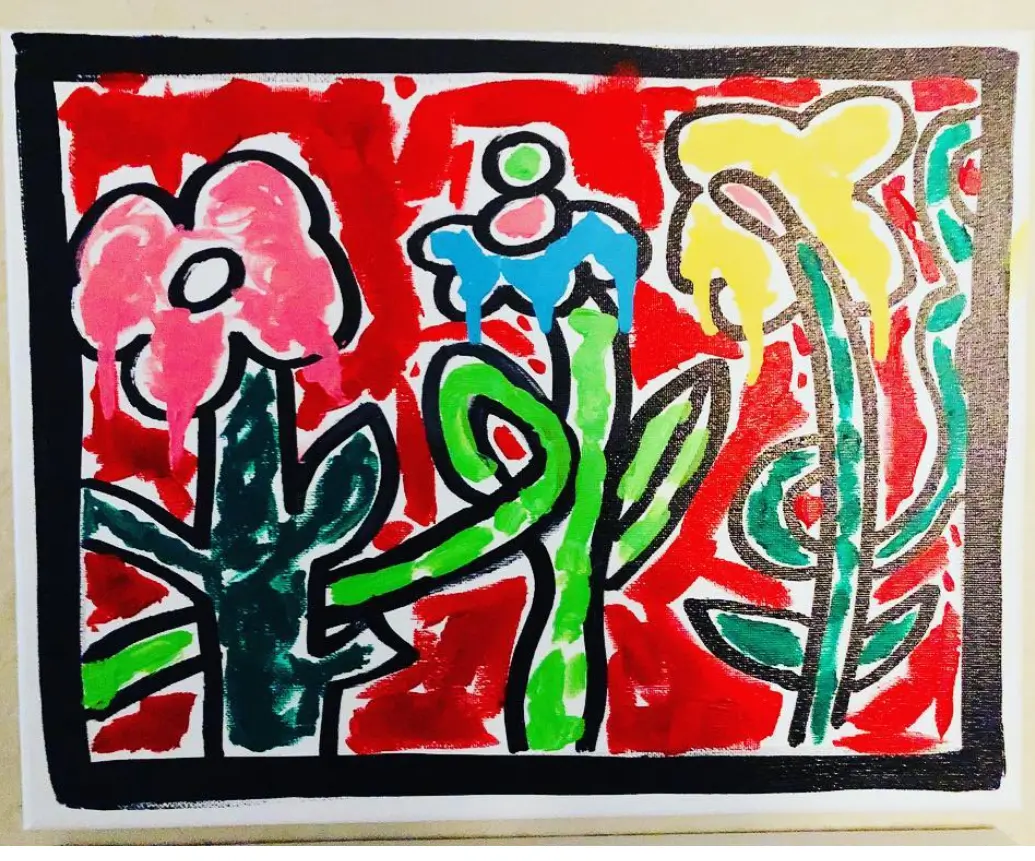An acronym for Popular Arts, the Pop Art Movement was characterized by a deconstruction of images seen throughout popular culture, TV, comic books, magazines, movies, and other forms of advertisements. An abbreviation of Popular Art, The Pop Art movement is characterized by a deconstruction of images seen in popular culture – television, comic books, magazines, movies and other various forms of advertising. It was named after the art critic Laurence Alloway, referring to the commonplace iconography in paintings and sculptures. This style of art encompassed various styles of painting and sculpture from different countries, but common to all was a concern with mass-media, mass-production, and mass culture. It was also inspired by the Western world’s mass-marketing of goods, commercial culture, and began as a revolt against conventional forms of art.
While many scholars and critics were alarmed at pop artists use of corny subject matter and the seemingly indiscriminate way they employed it, the Pop Artists more figurative, earthy images attracted a mass audience, and it would soon become one of the most popular styles of art, and also an early expression of postmodernism. Indeed, pop both took art to new areas of subject matter and developed new ways to represent it in art, and could be seen as an early manifestation of postmodernism. Many took their inspiration from advertisements, pulp magazines, billboards, films, television, comic strips, and store windows with their humorous, witty, and satirical works, all of which can be seen both as a celebration of popular culture as well as a criticism. Pop artists broke the barriers between what is called the high art and the commercial art, or low art, seen in popular culture.
Pop artists dissolved the lines between lower and higher art, breaking down the divide between pop culture and classic art, and changing traditional parameters for what makes art and what it means to be an artist. Clearly, this movement that emerged in the 20th century, where artists incorporate everyday objects–comic strips (think Lichtenstein), soup cans (Andy Warhol), newspapers (Jasper Johns), etc.–into their works changed the world. The incorporation of commonplace objects like these, and more into their work, made it unique and different from old art. Other artists from the 20th century that influenced this art style were Stuart Davis, Gerard Murphy, and Fernand Leger, who in their paintings portray precision, mass-production, and the commercial materials of Stuart Daviss industrial-machine era.
Amongst the earliest artists to form Pop Art were Eduardo Paolozzi and Richard Hamilton in Britain, and Larry Rivers, Robert Rauschenberg, and Jasper Johns, among others, in the U.S. Like Robert Rauschenberg, whose work anticipated the Pop Art movement, artists Tom Wesselmann and Richard Hamilton combined seemingly disparate images onto a single canvas to create an entirely contemporary narrative form. Instead, it relied on everyday objects and media such as newspapers, comic books, magazines, and other commonplace objects to create vivid compositions, cementing the movement as the foundational element in modern art.
Arguably, the father of Pop Art however, is Andy Warhol, although he came after the founders of this revolutionary and at the time, unique expression of art. Today, Warhol’s works can be found imitated by other artists, like Peter Max in the use of his mass silk screens of the Statue of Liberty to other modern artists like Romero Britto who took Andy Warhol’s Brillo pop art work and changed the “L’s” to “T’s” to form the work into “Britto”. Andy Warhol’s ever-lasting impression has left a permanent mark in the world of pop art.







